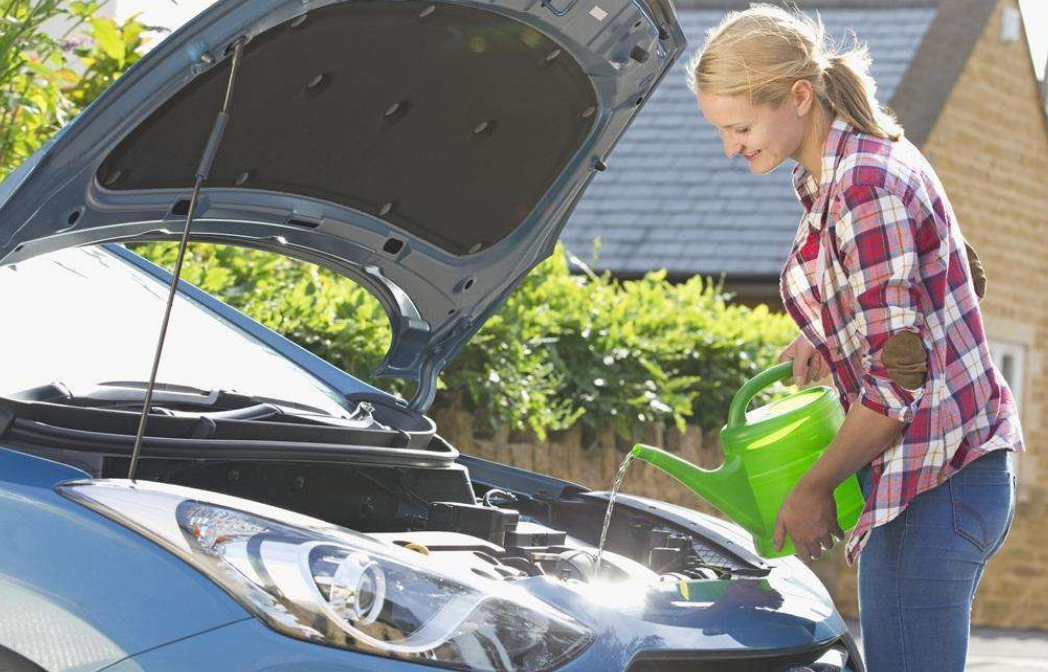Performance Testing Method of Automotive Radiator

Radiator is an important part of automobile cooling system, so the quality of radiator is the decisive factor that directly affects the cooling effect of automobile cooling system. Compared with ordinary radiators, the test and detection of automotive radiators usually include surface inspection, sealing performance testing, vibration resistance testing, high temperature pressure pulse performance testing, torsional vibration resistance testing, gravel impact testing and other aspects. Here we will briefly understand the performance test and detection methods of automotive radiators in these aspects.
1. Surface Checking and Testing Method of Automotive Radiator:
The surface quality of radiator is checked by visual method. No collision damage, no lodging and deformation of radiators, no residues in the assembly, and the appearance should be punished for anti-rust treatment. All welds of radiator and water pipe are firmly sealed, and the cross-section of radiator and water pipe is smooth and smooth.
2. Testing methods for sealing performance of automobile radiators:
After filling the radiator with water, pour it out and drain it for 5 minutes. Then all the orifices are blocked and immersed in the normal temperature water tank. The pressure inside the radiator is used as the opening pressure of the exhaust valve of the compound nozzle cover. Five times compression atmosphere, holding time 30 seconds, no signs of air leakage are allowed.
3. Test method of anti-vibration performance of automobile radiator:
It is held on the vibration test bed. During the test, the radiator is filled with normal temperature water and sealed. According to the essentials of applying force to the radiator in actual use, the radiator is firmly fixed on the test bed, and the acceleration sensor is firmly fixed on the chassis of the shaking table. The shaking table should be able to achieve sinusoidal wave up and down vibration.
4. Test method for high temperature pressure pulse resistance of automobile radiator:
It is held on a special test device. The radiator is immersed in the oil at the specified temperature. The radiator is exposed to a pressure alternating atmosphere. Under the specified pressure, the radiator is connected for 3-4 seconds and the pressure cycle period is 10-12 seconds.
5. Testing methods for torsional vibration resistance of automobile radiators:
It is held on a special test device. The holes on the side panel of the radiator are firmly fixed on the frame. The side panel is fixed on one side, and the other side is swinging perpendicular to the front of the core. The circulating hot water is decided inside the radiator.
6. Crushed stone impact test method for automobile radiator:
Shot peening mode
Shot peening weight (g)
Injection time (s)
Injection pressure (KPa)
Injection distance (mm)
Single impact
500 + 1
10 + 1
100 + 5
One hundred
Continuous injection, usually only once, is used to test the sealing performance.
- Previous:Development Trend Analysis of Aluminum Profile Radiator Indu
- Next: *后一篇

 Scan and follow us
Scan and follow us